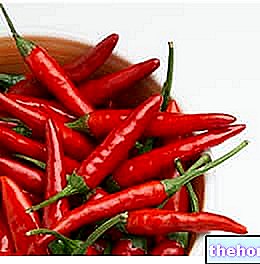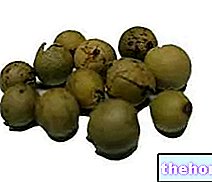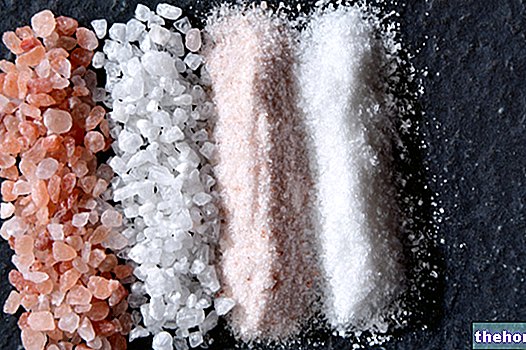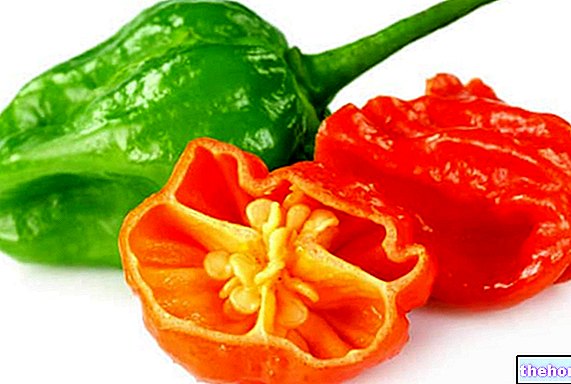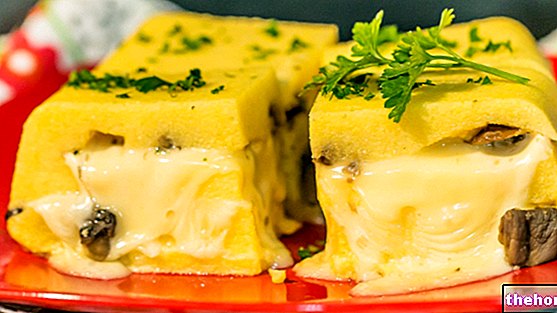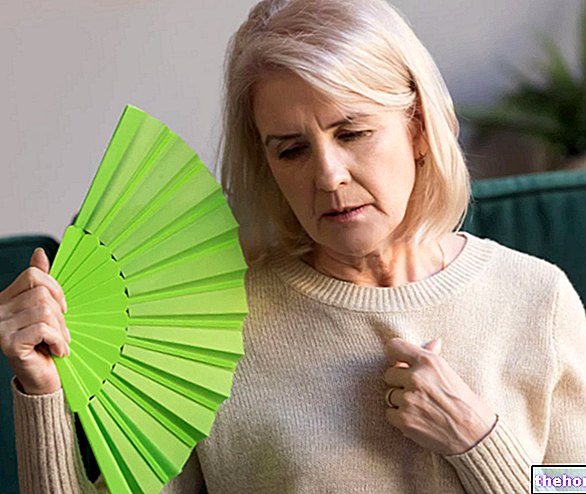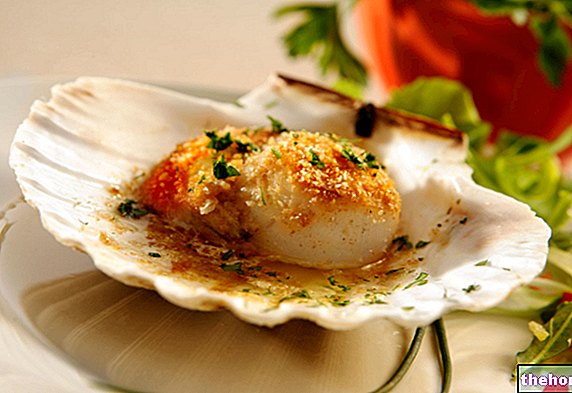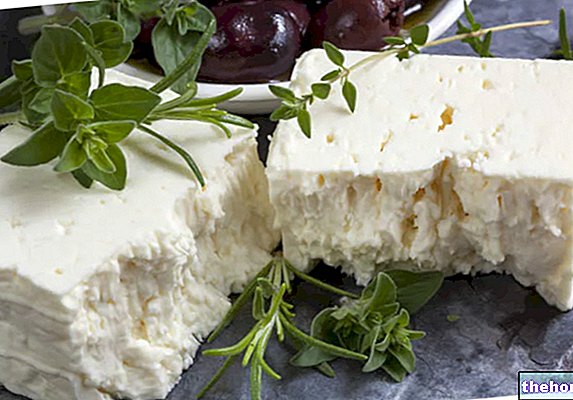Generality
According to the Linnean classification (L.), the marjoram is an "aromatic herb belonging to the Labiate family, Genus Origanum, Species majorana. The binomial nomenclature of marjoram is Origanum majorana (while the common oregano is said Origanum vulgare).

The aroma of marjoram is fresh, penetrating and slightly camphorated. On the other hand, the flavor is slightly bitter but extremely more delicate than that of common oregano.
Description
Marjoram is characterized by herbaceous shoots that lignify only in the basal portion; after the production of the fruits, the twigs dry up and leave small and sparse leaflets. The marjoram reaches a height of 40-50cm, has thin and fasciculated roots, and has a pubescent, quadrangular, sometimes branched stem. The leaves of the marjoram are greyish-green, oval, oppositely arranged, maximum 3 long, 5cm and 3.0cm wide. The flowers, on the other hand, which bloom with high temperatures, are organized in rounded structures, smaller than the leaves, which bloom in the months of July and August; the seeds are small, smooth, spherical and of Brown color.
Uses and Properties
The primary function of marjoram is food but, like many other aromatic herbs, there are several phytotherapeutic properties. In Italy, marjoram is not particularly used for medicinal purposes, while German monographs mention its drug (dried leaves and inflorescences) and essential oil.
At home, the marjoram drug, in addition to having an extremely widespread culinary use (seasoning of meats, cured meats, sauces), can be used in the formulation of infusions with digestive, diuretic, carminative tonic, sweat, emmenagogues and antispasmodics properties. .
On the contrary, the essential oil of marjoram is used above all in the food industry, in the cosmetic one and obviously in the pharmaceutical sector. In the food industry, the essential oil and oleo-resin of marjoram are necessary components for: some spirits (such as vermouth, bitters and certain liqueurs), some soft drinks, desserts, candied fruit, cooked foods, jellies, puddings , sauces and cured meats. In the "pharmaceutical industry, on the other hand, it is part of the"alcoholic alcohol and other sedative and antispastic compositions; the so-called galenic derivatives of the drug favor intestinal motility and gastric secretion (eupeptic and carminative function).
At the topical level, in the formulation of the massage oil, the active ingredients of marjoram play above all the role of anti-rheumatic.
Chemical composition
The active ingredients of marjoram, or rather of the essential oil of marjoram, responsible for the functions listed above are: terpinenes, 4-terpineol, sabinene, linalool, carvacrol, cis-sabinene hydrate (responsible for the typical AROMA), linalyl acetate, ocimene , cadinene, genaryl acetate, citral, estragon, eugenol and 3-carene.
As regards the purely nutritional aspect, however, the most important molecules present in the drug are: flavonoic glycosides, tannins, vitamin A, vitamin C and some minerals. Many of these have antioxidant properties, therefore antitumor, anti-cholesterol and protective vessel .
NB. Compared to oregano (same family and same genus) and thyme (same family), marjoram does NOT contain thymol and carvacrol, two antioxidant, anticancer and oral disinfectant phenols (oregano and thyme are considered toothpaste plants).
Cultivation of Marjoram
Being native to northern Africa and the Middle East, in Italy marjoram is considered a sub-spontaneous plant. It seems quite common throughout the national territory, but in lower quantities than in: France, Egypt, Greece, Hungary, USA and in gender compared to the countries surrounding the Mediterranean basin.
Marjoram prefers calcareous, loose, rich in organic soils and very exposed to sunlight. As anticipated, it is perennial only in the areas of origin and, at most, in the warmer regions of Southern Europe; elsewhere it is to be considered annual. It tends to germinate with temperatures around 12-15 ° C but reaches maximum biological activity at 20 -25 ° C. It does not require large quantities of water but, especially after sowing or transplanting, not even total dryness.
The most popular varieties of marjoram are the Hungarian Uszodi (for the production of flowers), the Hungarian France (for the production of leaves), the Czech Marcelka and the Polish Mirasch.
Reference site: www.pianteofficinali.org
Other Foods - Spices Garlic Dill Cinnamon Cren Curry Daikon Broth Cube Tarragon Monosodium Glutamate Mace Nutmeg Oregano Paprika Black Pepper Green Pepper Pepper Cayenne Pepper Chilli Pepper Parsley Horseradish Rosemary Dietary Salt Whole Salt Iodized Salt Hyposodic Salt Salt Pink Himalayan Salt Mustard Tabasco Vanilla Wasabi Ginger OTHER ITEMS SPICES Categories Food Alcoholics Meat Cereals and derivatives Sweeteners Sweets Offal Fruit Dried fruit Milk and derivatives Legumes Oils and fats Fish and fishery products Salami Spices Vegetables Health recipes Appetizers Bread, Pizza and Brioche First courses Second courses Vegetables and Salads Sweets and Desserts Ice creams and sorbets Syrups, liqueurs and grappas Basic Preparations ---- In the Kitchen with Leftovers Carnival Recipes Christmas Recipes Dietary Recipes Light Recipes Woman's Day, Mother's Day, Dad's Day Functional Recipes International Recipes Easter Recipes Recipes for Celiacs Recipes for Diabetics Recipes for the Holidays Recipes for Valentine's Day Vegetarian Recipes Protein Recipes Regional Recipes Vegan Recipes

